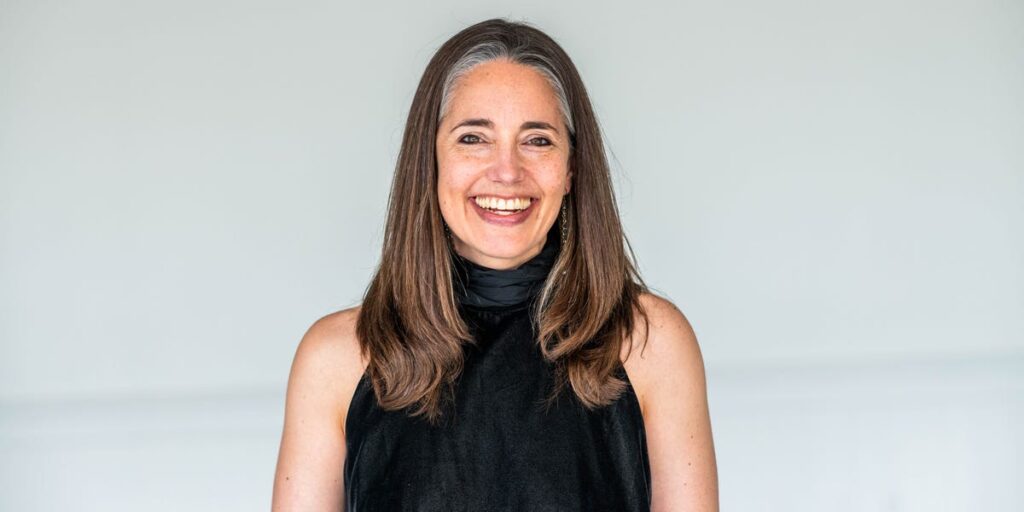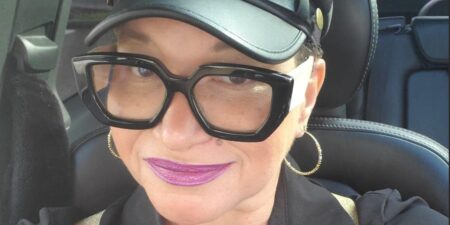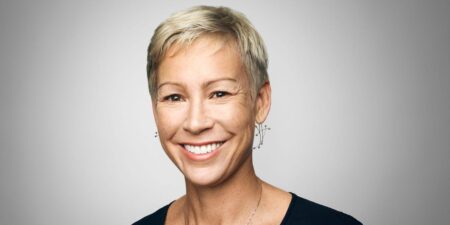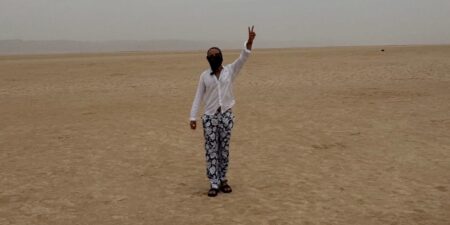This as-told-to essay is based on a transcribed conversation with Brieanne Yuchasz, the founder of ViewPoint Coaching & Consulting, about her years at Microsoft. Business Insider has verified Yuchasz’s former employment. The following has been edited for length and clarity.
I’ve always been fascinated with the question: “What’s next?” My own experience plays a big part in that.
In 22 years at Microsoft, I held 12 different roles — from program management to community management, and eventually chief of staff. I was laid off once and managed teams through reorganizations.
Having these different roles meant I could streamline my vision for my career and what I value in a job. It also meant I developed the skills to run my own business.
I quit Microsoft in 2023 and started my career coaching business. Every move taught me a lesson on career management, which I now pass on to my clients.
Starting at Microsoft in the early 2000s
I majored in business administration at Western Washington University. The college had an advisory board that connected me with people at Microsoft, Starbucks, and Boeing. I received job offers from all three.
Microsoft seemed the most innovative company in the early 2000s, so I joined the product launch team as a product information coordinator. We worked on producing the CDs, manuals, and certificates of authenticity for Microsoft products.
I moved into an operations program manager role, working across several product launches. I loved learning about the products and collaborating with legal, marketing, and policy teams.
Over seven years, I worked on everything from server products to PC games. I even got my name in the credits for the “Age of Mythology” game.
In 2005, I was promoted to manage a team of product launch managers. I grew my leadership skills, but it also brought stress.
I had my first panic attack, a year into the role. After the panic attack, I realized as a new manager, I hadn’t learned how not to care so much about team members and their stresses, how to deal with the fear of failure, and how to deal with my inner critic.
I asked to return to an individual contributor role. Thankfully, my manager supported me.
I transitioned into a new team called online operations in 2008, where I focused on the customer experience, working on what is now the Microsoft Store.
Discovering change management
I stayed in online operations until 2012, when I became a program manager in Microsoft’s advertising team and helped lead the group through a reorganization. I wanted to do something more people-focused.
In 2013, I invested in personal training as a career coach, partly to develop my coaching skills at Microsoft and partly because I was becoming really interested in people and dynamics.
Through managing multiple career pivots, I realized that when I’m clear on my values, my purpose, and my long-term vision, I can see the paths to get there. I’ve taken that with me into my coaching.
In 2014, I moved into community management: hosting monthly calls, onboarding leaders, and helping them navigate the organization. Two years later, I shifted to training and readiness within the same team.
Fear took over
Unfortunately, my position meant I knew another reorganization was coming, and fear took over. I assumed I’d land in a role I didn’t want, so in 2017, I jumped into another role on a marketing team.
I didn’t take time to think it through, and the new job wasn’t a fit. I was laid off a year later, in 2018.
I tried launching my coaching business — but realized I didn’t have enough knowledge yet to run it full time.
My values, purpose, and vision have shifted over the years, but when I was laid off, I really focused on these, which helped me clarify my next role.
After reaching out to people at Microsoft, I rejoined as a senior business program manager in 2019. I could lead the rhythm of the business, build team culture, and drive initiatives. I really found my groove.
The role aligned with my skills and strengths: planning, organizing, team building, and change management. I set my career development plan, and identified that a chief of staff role and retiring as a coach is where I would set my vision.
In 2022, I became a chief of staff. I’d finally reached a career peak, which was exciting — but then that question came up again: “What’s next?”
I missed the partner-facing elements of previous jobs. I wasn’t able to work with clients on a daily basis and missed the teamwork.
I realized I could focus on clients more deeply as a coach. I was also looking at the writing on the wall, knowing that layoffs would be coming again. It was the time of year, fiscal planning season.
Handing in my notice in May 2023 was a big decision. Microsoft is a special place, and I love the people, innovation, and scale. I may go back one day, if they’ll have me.
On my last day, I was more reflective than emotional. But after 22 years, I was finally ready to start my own business.
Navigating change after Microsoft
Going from Microsoft to running my own business was the biggest change of all. I had savings to support me as I grew my coaching business, and I adjusted my lifestyle to reduce spending.
Overall, my experience at Microsoft was incredible. Over more than 20 years there, I learned that change is constant. If you can learn to embrace it, then you can thrive.
But every move gave me something new, like experience in operations, sales, marketing, and business management, so I don’t regret it. All of it helped me to run a small business.
Read the full article here
















